Expansion of E-commerce Platforms
The Cosmetic Applicator Foam Market is witnessing a significant shift towards e-commerce platforms. The convenience of online shopping has led to an increase in consumer purchases of beauty products, including applicators. Recent data suggests that e-commerce sales in the beauty sector have grown by over 20 percent in the past year. This trend is likely to continue as consumers increasingly prefer the ease of online shopping and the ability to access a wider range of products. Consequently, brands are focusing on enhancing their online presence and optimizing their supply chains to meet this demand, thereby driving growth in the Cosmetic Applicator Foam Market.
Rising Demand for Eco-Friendly Products
The Cosmetic Applicator Foam Market is experiencing a notable shift towards eco-friendly products. Consumers are increasingly prioritizing sustainability, leading to a surge in demand for applicators made from biodegradable or recyclable materials. This trend is supported by data indicating that over 60 percent of consumers are willing to pay more for sustainable products. As brands respond to this demand, the market is likely to see a proliferation of eco-conscious applicator options, which could enhance brand loyalty and attract environmentally aware consumers. Furthermore, regulatory pressures aimed at reducing plastic waste may further drive innovation in sustainable applicator designs, thereby reshaping the Cosmetic Applicator Foam Market.
Influence of Social Media and Beauty Trends
The Cosmetic Applicator Foam Market is significantly influenced by social media and emerging beauty trends. Platforms such as Instagram and TikTok have become vital in shaping consumer preferences, with beauty influencers showcasing various applicators in their tutorials. This visibility not only drives sales but also encourages brands to innovate and diversify their product offerings. Data indicates that products featured by influencers can see sales increases of up to 30 percent. As beauty trends evolve rapidly, the demand for versatile and high-performance applicators is likely to rise, further propelling the Cosmetic Applicator Foam Market.
Growth of the Beauty and Personal Care Sector
The Cosmetic Applicator Foam Market is benefiting from the robust growth of the beauty and personal care sector. Recent statistics suggest that this sector is projected to expand at a compound annual growth rate of approximately 5 percent over the next five years. This growth is attributed to increasing consumer interest in skincare and makeup products, which in turn drives demand for high-quality applicators. As brands introduce new formulations and product lines, the need for effective applicators becomes paramount. Consequently, the Cosmetic Applicator Foam Market is poised to capitalize on this growth, as manufacturers innovate to meet the evolving needs of consumers.
Technological Innovations in Product Development
Technological advancements are playing a crucial role in the Cosmetic Applicator Foam Market. Innovations in materials and manufacturing processes are enabling the production of applicators that offer enhanced performance and user experience. For instance, the introduction of advanced foam technologies allows for better product application and blending, which is increasingly sought after by consumers. Additionally, the integration of smart technologies into applicators could potentially revolutionize the market, offering features such as temperature control or product dispensing. As these technologies develop, they are expected to create new opportunities within the Cosmetic Applicator Foam Market.


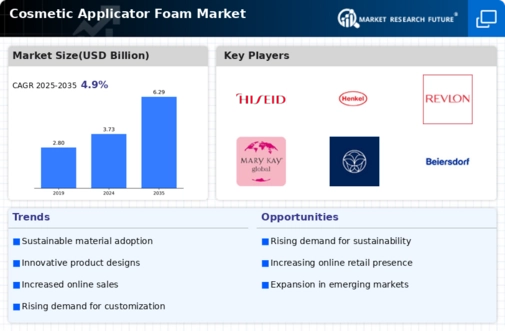
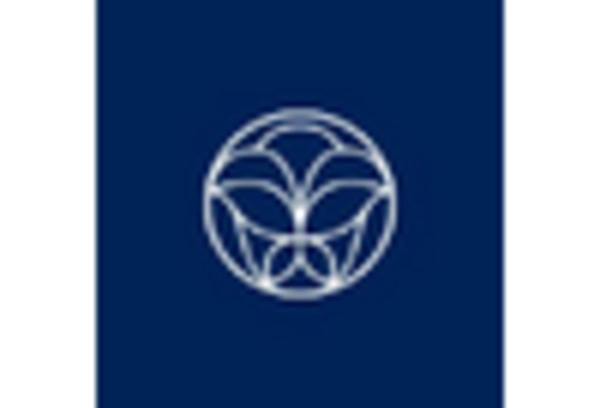
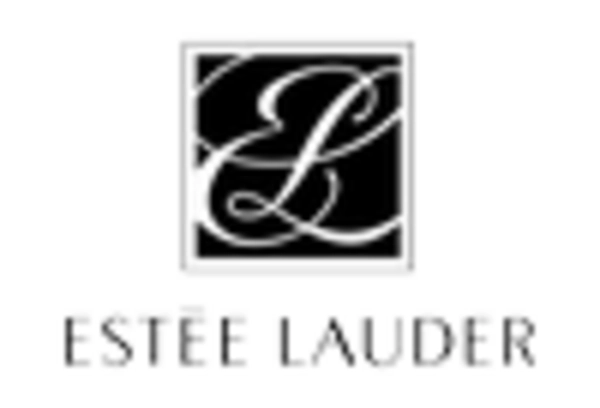
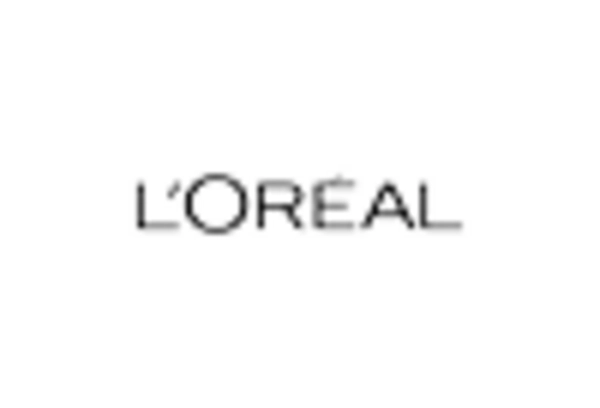
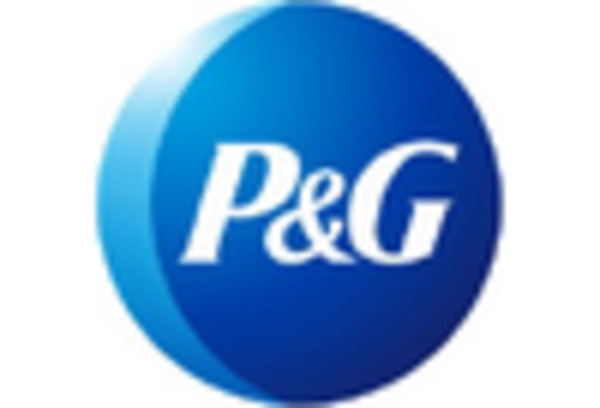
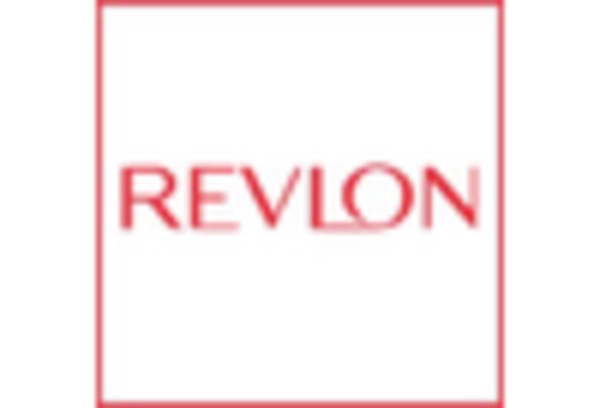
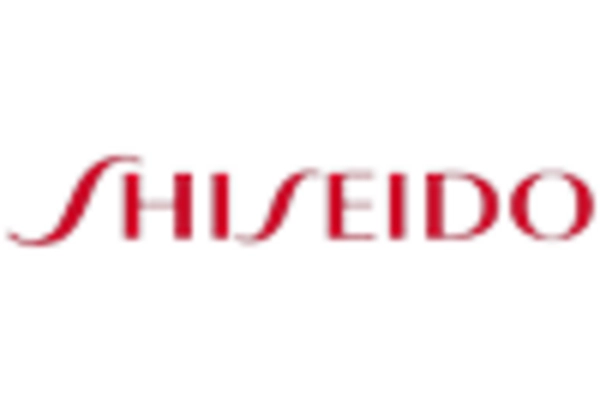








Leave a Comment